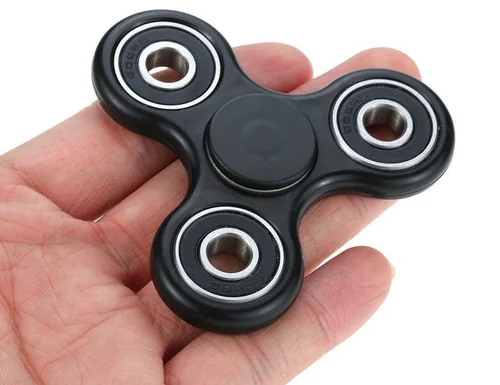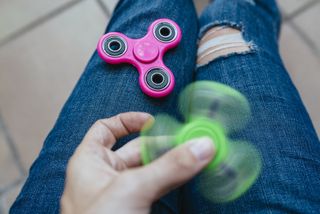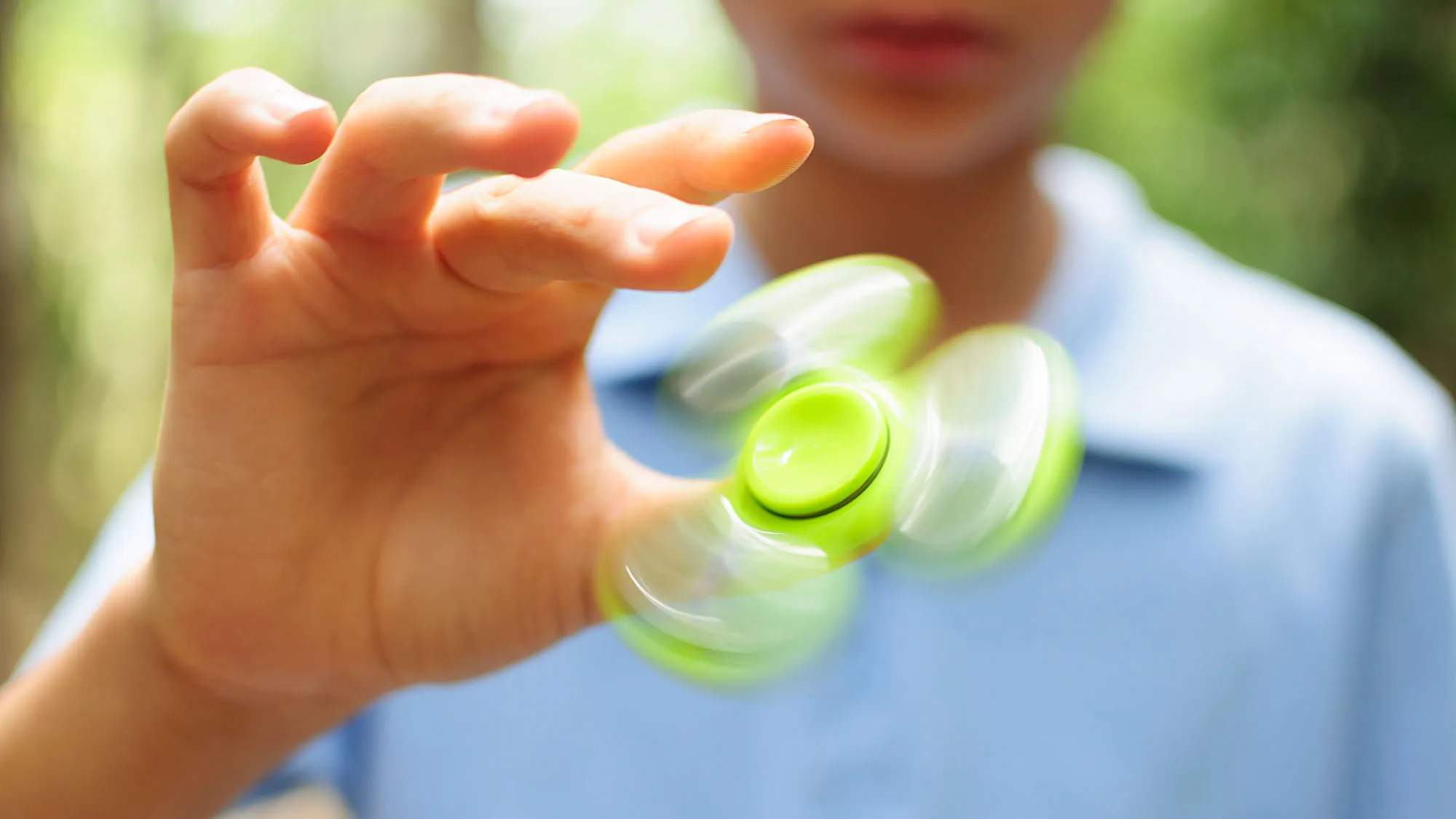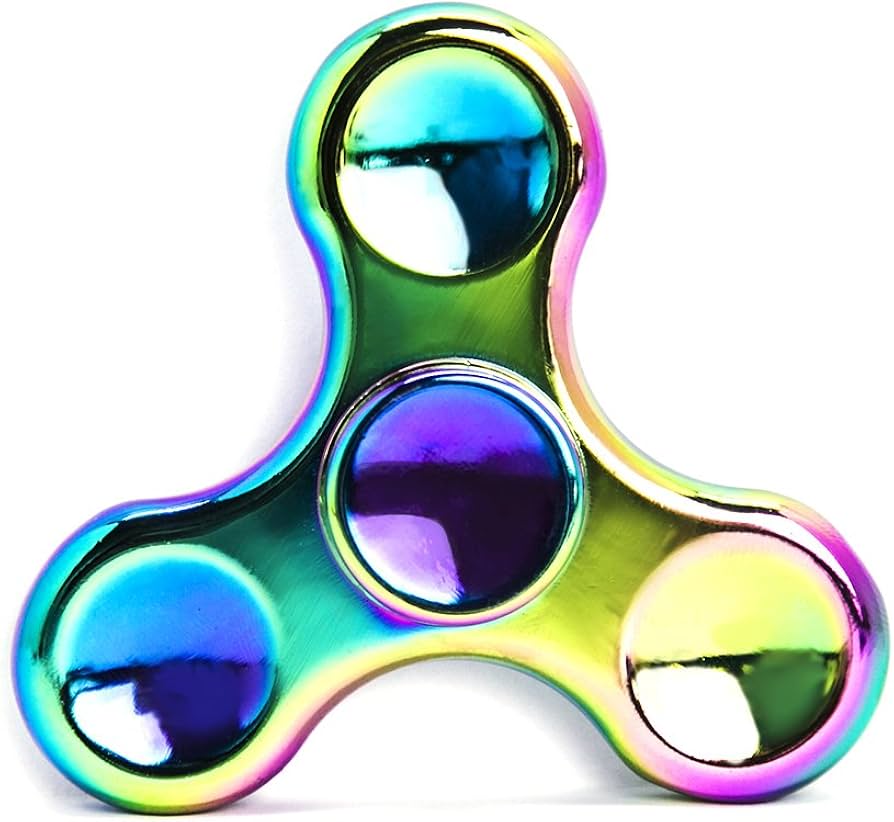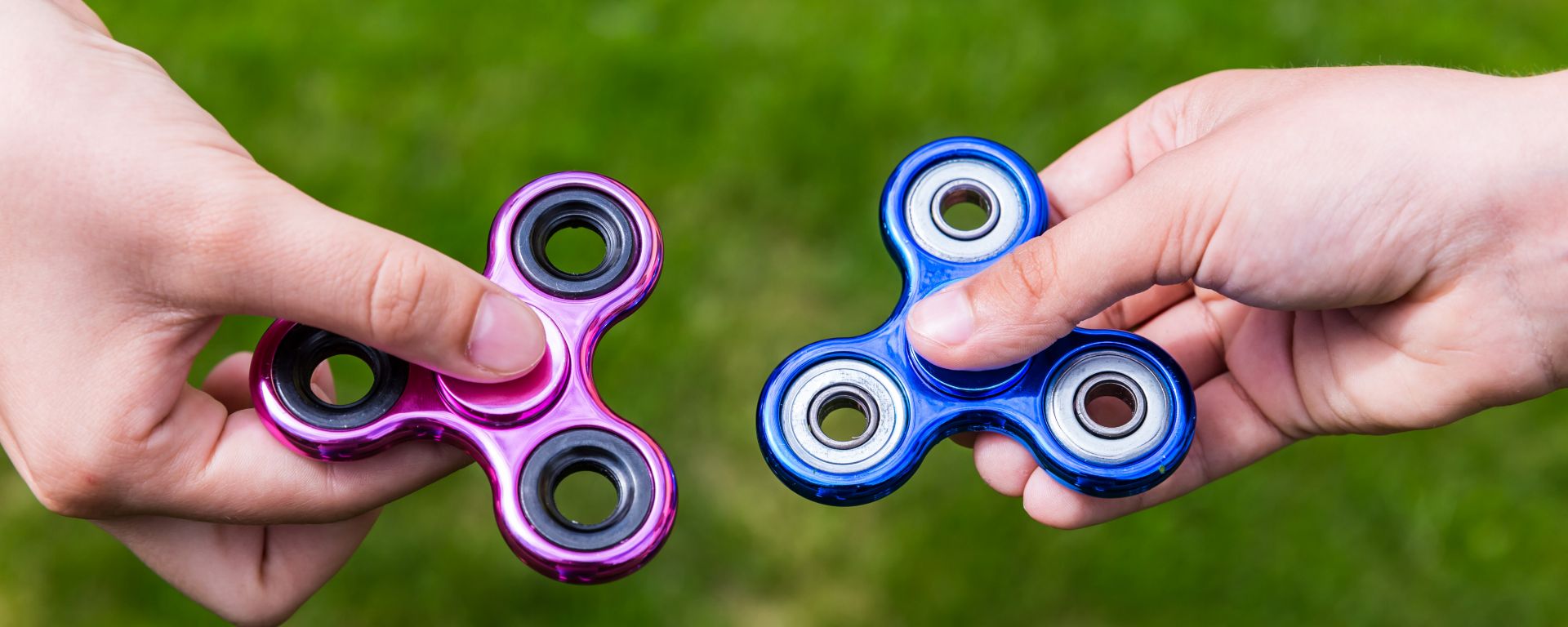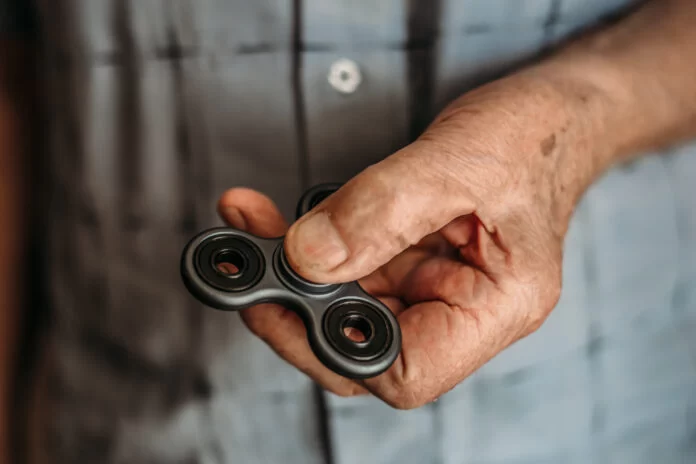Understanding Fidgeting and Its Purposes
At some point, we've all fidgeted, like tapping our feet or mindlessly clicking a pen. These behaviors might seem aimless, but recent research suggests they could have deeper meanings. Fidgeting might not just be a sign of distraction; it could be an unconscious way to deal with anxiety, boredom, or concentration lapses. It provides low-level stimulation that keeps the brain active without overloading it and helps release excess energy. Studies have shown that doodling can enhance memory and focus, and fidgeting can reduce stress. Additionally, it may have benefits for weight management, as some studies have found that fidgeting can increase energy expenditure.
Fidgeting and Autism
Autism spectrum disorder (ASD) affects a person's ability to communicate and interact. One of the main symptoms of ASD is repetitive behaviors, which can be seen as a form of fidgeting. The root cause of these behaviors is often related to sensory processing issues. People with ASD might be overly or under-sensitive to sensory inputs, which can lead to various challenges. Sensory processing disorder (SPD) occurs when sensory processing is impaired, and a significant number of people with ASD also have SPD. However, SPD is not officially recognized as a diagnosis in the Diagnostic and Statistical Manual of Mental Disorders (DSM-5), and there are ongoing controversies and questions about it.
The Use of Fidget Toys for Autism
The idea of using fidget toys to address sensory issues in children with ASD is appealing, as they can provide low-level stimulation and are more socially acceptable than some repetitive behaviors. But the scientific evaluation of their effectiveness is complex. To date, no studies have specifically examined if fidget spinners can help with ASD-related sensory sensitivities. Some studies have investigated their impact on attentional issues but with mixed results. Further research is needed to determine their true efficacy.
Choosing Suitable Sensory Toys
When it comes to choosing sensory toys for children with ASD, it's essential to consider each child's specific sensory needs. Parents often proceed with sensory-based interventions despite the lack of solid scientific evidence because they observe benefits. It's best to seek information and guidance from an occupational therapist (OT) when making these choices, as they can tailor the therapy to the individual. Different children have different preferences for the size, shape, weight, and texture of the toys.
The Conclusion
From a scientific standpoint, the effectiveness of sensory objects in managing sensory symptoms associated with ASD is still undetermined. But that doesn't mean they haven't been helpful for those with ASD. Many parents choose to try sensory interventions because they've heard of success stories, and it's a relatively harmless approach. However, it's crucial to consult a child's healthcare provider before purchasing sensory toys to ensure the right choice and appropriate recommendations based on the child's specific needs.
In summary, while the role of fidget spinners and other sensory toys in helping children with autism is still a subject of ongoing research and debate, it's clear that understanding and addressing sensory processing issues is crucial for improving the lives of those with ASD. Parents and caregivers should approach the use of sensory interventions with caution and seek professional advice to make informed decisions for the well-being of the children.
